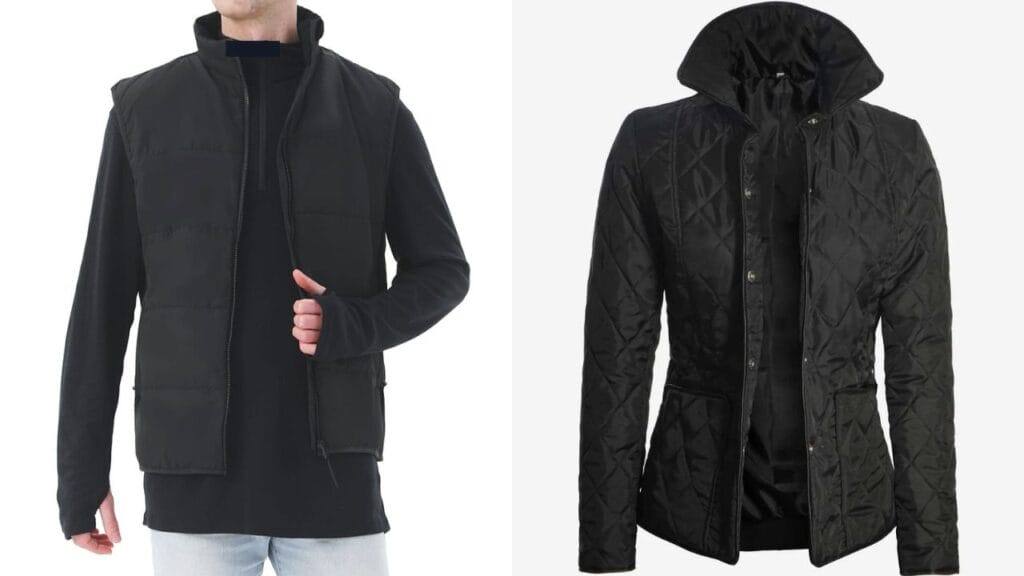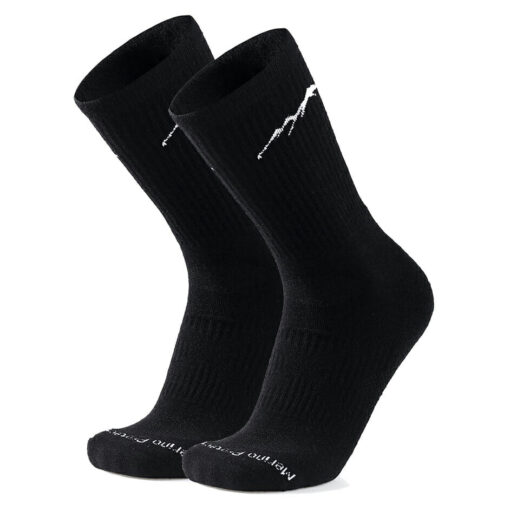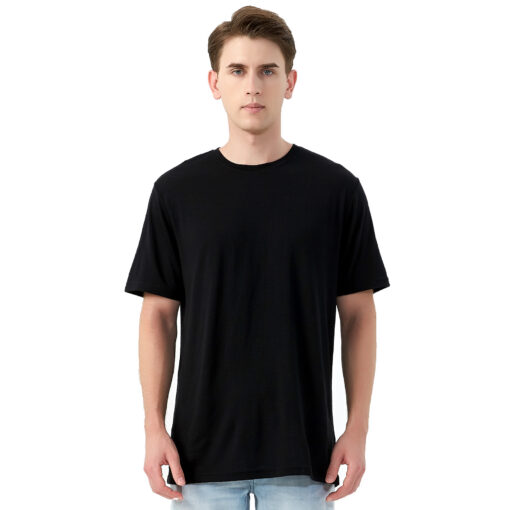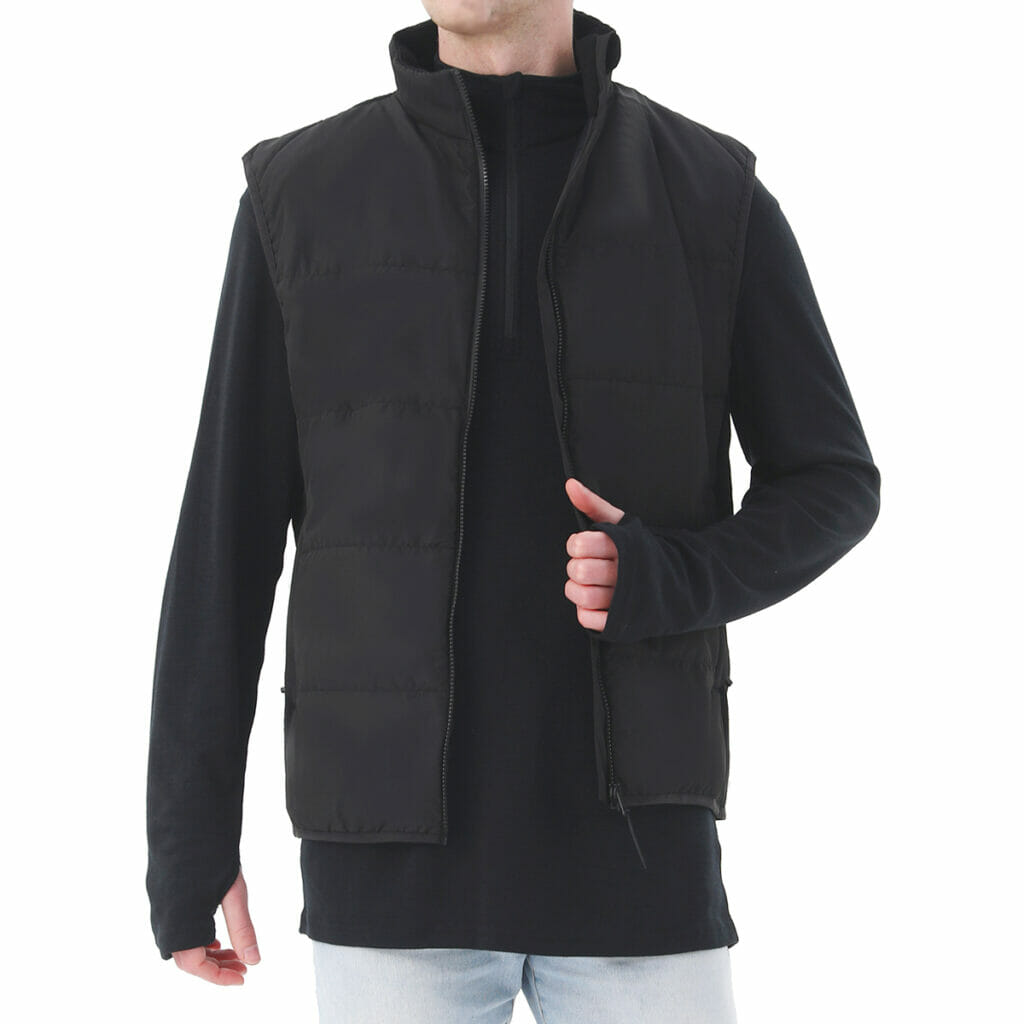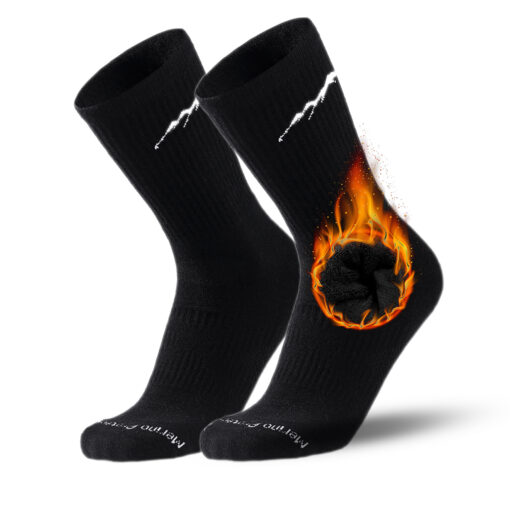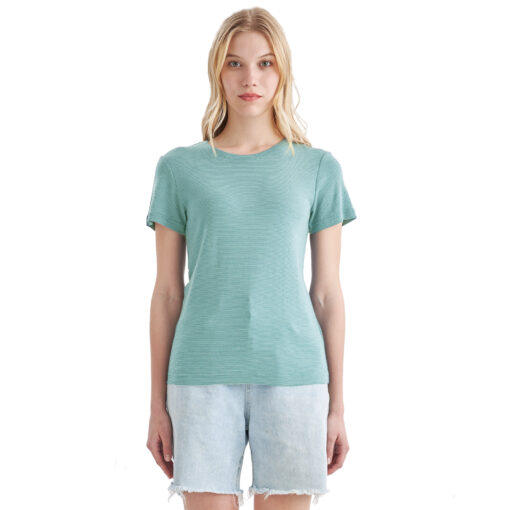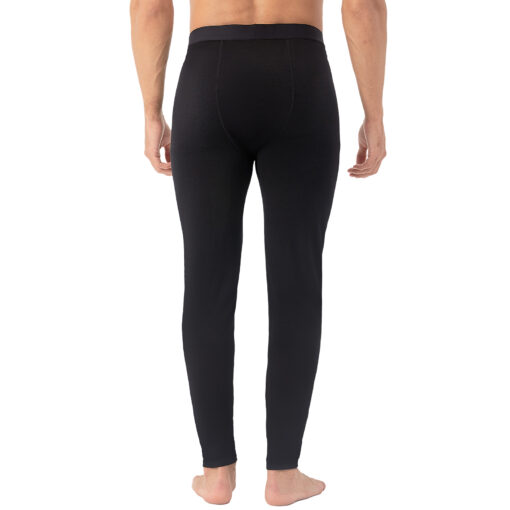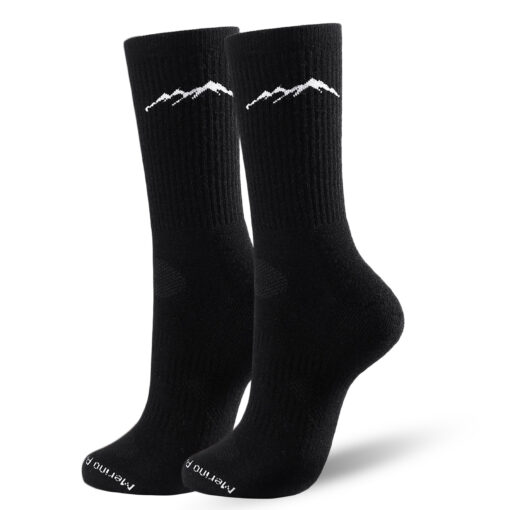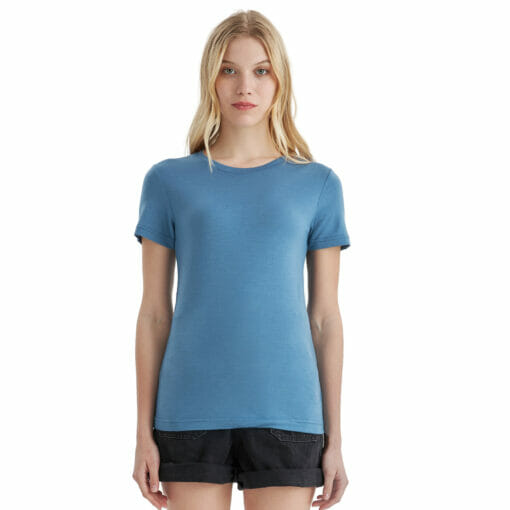No products in the cart.
Merino Wool Care Guidance
Merino Wool vs Polyester – Which is the Better Choice?
Deciding between two different materials for your clothing or outdoor gear can be a difficult task. Merino wool and polyester are two popular options, each with their unique benefits and drawbacks.
Here, we will compare the properties of merino wool vs polyester to help you make an informed choice. Whether you’re looking for warmth, moisture-wicking capabilities, or durability, we’ll explore the strengths and weaknesses of each material.
Whether you’re an outdoor enthusiast, a fashion lover, or simply looking for the best fabric for your everyday wear, keep reading to find out whether merino wool vs polyester which fabric is better for your everyday wear.
Understanding the Properties of Merino Wool vs Polyester.
When it comes to choosing the right fabric for your clothing, it’s important to consider the properties and benefits of merino wool vs polyester.
While both have their unique qualities, understanding the differences between the two can help you make an informed decision. So, let’s explore the properties of merino wool vs polyester.
Merino wool, obtained from the Merino breed of sheep, is known for its exceptional softness and warmth. It has natural insulation properties, making it an excellent choice for keeping you cozy during chilly weather.
Merino care is another advantage of this remarkable natural fiber. Unlike traditional wool, merino wool is incredibly fine and lightweight, making it comfortable to wear against the skin. This natural fiber also can regulate body temperature, keeping you cool in warm conditions and warm in cold conditions.
On the other hand, we have polyester, a synthetic fabric known for its durability and versatility. Polyester, also known as polyethylene terephthalate (PET), is a synthetic fabric or textile made from polyester yarns or fibers.
It is essentially a type of plastic that is spun into long threads. The process of making polyester involves mixing ethylene glycol and terephthalic acid. It’s important to note that polyester fabric is often blended with natural fibers like cotton or wool rather than being 100% polyester.
These blends offer the advantages of both fiber types, resulting in fabrics that are strong, durable, wrinkle-resistant, and more breathable than pure polyester. Makes polyester fabric an ideal dyeing material due to its natural brightness. It can easily be dyed in a variety of vibrant and eye-catching shades.
Merino Wool and Polyester: Key Differences
When it comes to comparing wool and polyester, there are several factors to consider. In this section, we will compare merino wool vs polyester.
Water Resistance:
Polyester, being a synthetic fabric, boasts impressive water resistance. It only absorbs 0.4% of the water it comes into contact with, making it virtually waterproof.
Polyester also dries quickly, which is why it is commonly used as a shell for jackets, coats, snow pants, and other outdoor gear. Even without being a shell, polyester clothing resists water better than most other fabrics.
To achieve even greater water resistance, waterproofing chemicals can be applied to the fabric.
Wool, on the other hand, also offers water resistance to a certain extent. Unlike most fabrics, wool retains its insulating properties even when wet.
This is due to the structure of the wool fibers and the air pockets between them. The fibers can absorb and move a significant amount of water, preventing the air pockets from cooling down. As a result, wool is an excellent choice for preventing hypothermia in wet conditions.
Environmental Impact:
When it comes to environmental impact, Merino wool emerges as the more eco-friendly choice compared to polyester. Merino wool is a natural, biodegradable fiber derived from the fleece of Merino sheep.
Its production involves minimal chemical processing, and the grazing practices of the sheep contribute to healthy soil and pasture management. On the other hand, polyester has a greater impact on the environment. It is a synthetic fiber made from petrochemicals, which are non-renewable resources derived from fossil fuels.
Energy-intensive processes are used to manufacture polyester, resulting in increased greenhouse gas emissions and environmental pollution. Furthermore, polyester is not biodegradable, and discarded polyester products can take hundreds of years to decompose in landfills.
Durability:
If durability is a crucial factor for you, polyester may not be the best choice. Polyester is made from plastic and petrochemicals, and it is not easily recyclable. Moreover, when you wash polyester, it sheds microplastics, which can have negative environmental implications.
However, it’s worth noting that some polyester is made using recycled materials, including water bottles and other single-use plastics. Seeking out recycled PET (rPET) or 100% post-consumer recycled polyester can provide a more sustainable option.
Wool, on the other hand, is derived from sheep and is a renewable resource. While sheep farming requires space and water and may contribute to methane emissions, wool itself does not release harmful microplastics into the water or require harsh chemicals for production.
Merino sheep, in particular, are well cared for to ensure the quality of their wool, and most Merino farmers allow their sheep to graze on organic, pesticide-free grass.
Insulation:
When it comes to insulation, Merino wool is a standout performer. It is an excellent natural insulator, even when wet. The wool fibers trap small air pockets, creating an effective barrier against cold air and retaining body heat.
It is because of this property that Merino wool garments provide warmth without being bulky or heavy in cold weather. Polyester, on the other hand, does not offer the same level of insulation as Merino wool, especially when wet.
When polyester gets wet, it can’t trap air as effectively and might not keep you warm enough. But don’t worry; there are synthetic insulated jackets and garments filled with materials like polyester fiberfill that can provide insulation that’s comparable to Merino wool in certain situations.
Cost:
In terms of cost, polyester is generally cheaper and easier to produce compared to wool. Wool, especially Merino wool, tends to be more expensive due to the fineness of the fibers.
Wool is allowed to be sold as Merino wool only if it meets certain quality and diameter requirements. Additionally, the durability of Merino wool can be a factor contributing to its overall cost, as it may wear down more quickly compared to polyester or regular wool.
Comfort:
When it comes to comfort, Merino wool is often regarded as one of the most comfortable fabrics available. It is incredibly soft, surpassing the comfort levels of regular wool and most other fabric types.
Polyester can also be soft, although 100% polyester can sometimes feel scratchy. However, poly blends are frequently used to make undergarments and other clothes that sit directly on the skin, offering enhanced comfort.
Weight:
Due to its durability and lightweight nature, polyester can be knitted into thinner and lighter garments compared to wool, including Merino wool. Lightweight woolen garments are still heavier than polyester, and Merino wool cannot be spun too thinly due to its durability limitations.
Breathability:
Breathability is a crucial aspect to consider, especially if you lead an active lifestyle or live in a climate where temperatures can soar. Polyester, once known for its lack of breathability, has come a long way in recent years.
Modern textile manufacturing techniques have allowed polyester to be woven into a structure that promotes moisture-wicking and breathability. This makes it an excellent choice for athletic wear, keeping you cool and dry during intense workouts.
On the other hand, wool is a natural champion in the breathability department. Its fibers allow air and moisture to flow through, making it an ideal fabric for regulating body temperature.
In particular, Merino wool, with its fine fibers, excels at wicking away moisture and letting the fabric breathe easily. So, if you’re looking for a fabric that will keep you dry and comfortable, especially during physical activities, wool is the way to go.
Drying Time:
When you find yourself in damp conditions frequently, drying time becomes a crucial factor. Merino wool, while highly absorbent, does have a downside – it takes longer to dry compared to other fabrics.
However, Merino wool’s advantage lies in its ability to retain warmth even when damp, making it an excellent choice for cold weather conditions. Polyester, on the other hand, is hydrophobic, meaning it repels moisture and dries much faster than wool.
This quick-drying property makes polyester clothing a practical option for activities that involve sweating or exposure to water. So, if you need a fabric that dries in a flash, polyester is the way to go.
Odor Resistance:
Nobody wants to be recognized as an individual with clothes that have an unpleasant odor. When it comes to odor resistance, wool has the upper hand.
Its natural structure, with overlapping scales on the fibers, creates channels that move dirt and debris to the outside, keeping it fresher for longer. Furthermore, the lanolin in wool acts as a natural antimicrobial coating, further preventing odors from developing.
Polyester, while easy to clean, can create an environment where bacteria easily grow. This means that polyester clothing tends to get smelly faster than natural fibers, even if it’s blended with them.
So, if you’re looking for a fabric that keeps you smelling fresh, wool is the way to go. If you’re looking for hiking clothes and other outfits, then merino wool is the best choice. Merino wool clothing is available on Merinoprotect.
Moisture-wicking:
Moisture-wicking capabilities are essential for those who engage in physical activities or find themselves in wet conditions. Merino wool, with its unique structure, excels in this aspect.
It can absorb up to 30% of its weight in moisture while still feeling dry to the touch.
The absorbed moisture is then wicked away from the skin and evaporates, keeping you dry and comfortable. Polyester fabrics, while naturally hydrophobic, have been developed to improve their moisture-wicking abilities.
Special finishes or construction enhance the fabric’s ability to transport moisture away from the body, enhancing comfort during physical activities. So, both wool and moisture-wicking polyester can keep you dry and comfortable, depending on your preferences.
Allergenic Properties:
For individuals with allergies or sensitive skin, finding the right fabric is crucial. Merino wool is generally considered hypoallergenic, as its fine and soft fibers are less abrasive to the skin. This makes it a comfortable option for those with sensitive skin or allergies.
Polyester is also considered hypoallergenic for the majority of people, as it is unlikely to cause allergies. Synthetic materials, such as polyester, may irritate some people’s skin. The best choice might be Merino wool in such cases.
Retention of Color:
Merino wool is renowned for its excellent color retention. The fibers of Merino wool have a remarkable ability to hold dye, resulting in vibrant and long-lasting colors in clothing. Check out Merino wool T shirt

Even after multiple washes, Merino wool garments retain their aesthetic appeal, ensuring that you can enjoy your favorite pieces for years to come. On the other hand, polyester fabrics also demonstrate good color retention properties.
The synthetic fibers of polyester allow the dye to adhere strongly, maintaining the original color and vibrancy of the clothing. However, it is worth noting that prolonged exposure to sunlight may cause some polyester garments to fade or lose color over time.
Wrinkle-Resistance:
Merino wool is not known for its wrinkle-resistant properties. When compared to synthetic fibers like polyester, Merino wool garments are more prone to wrinkling, especially after long-term wear or improper storage.
While some people appreciate the natural, textured look of wrinkles in Merino wool, others may find it less appealing, particularly in formal settings. So, if you’re looking for a fabric that stays smooth and wrinkle-free, Merino wool may not be your best bet. If low-maintenance clothing is what you’re after, polyester is the way to go.
This fabric is highly wrinkle-resistant, making it a practical choice for travelers or individuals who don’t want to spend time ironing or steaming their clothes. Even after being folded or packed in luggage, polyester garments retain their smooth, wrinkle-free appearance.
UV Protection:
When it comes to UV protection, both Merino wool and polyester have their advantages. Merino wool provides some natural UV protection due to the density and structure of its fibers.
While it may not offer the same level of protection as specific UV-protective synthetic fabrics, it can still help block a portion of harmful UV rays. This makes Merino wool a suitable choice for outdoor activities and sun exposure.
Polyester, on the other hand, has certain types of fabrics that are designed to provide effective UV protection. These fabrics have special coatings or treatments that enhance their ability to block UV rays.
Ultimately, the choice between wool and polyester depends on your specific needs and priorities. Polyester offers excellent water resistance, affordability, and lightweight options but comes with environmental concerns and lower durability.
Conclusion
when it comes to the debate between Merino Wool and polyester, both materials have their unique advantages and disadvantages. Merino wool offers exceptional warmth, breathability, and natural odor resistance, making it a great choice for outdoor enthusiasts and those with sensitive skin.
On the other hand, polyester is highly durable, quick-drying, and easy to care for, making it a practical option for everyday wear and active lifestyles.
Ultimately, the decision between merino wool and polyester comes down to personal preference and specific needs. Whether you prioritize comfort, performance, or convenience, both materials have their place in the world of clothing and textiles.
FAQs
Is Polyester as Warm as Merino Wool?
Polyester is not as warm as merino wool. While polyester is a synthetic material that provides insulation, merino wool has natural properties that make it superior in terms of warmth. Merino wool is known for its excellent insulation and moisture-wicking abilities, making it a great choice for keeping warm in cold weather.
What is the Difference Between Merino and Polyester?
Merino and polyester are two different materials commonly used in clothing. Merino is a type of wool that is known for its softness, warmth, and natural moisture-wicking properties.
Polyester, on the other hand, is a synthetic fabric that is lightweight, durable, and quick-drying. While both have their advantages, merino is often preferred for its natural and cozy feel, while polyester is chosen for its durability and moisture-wicking abilities.
Is Merino Wool Good for Summer?
Yes, merino wool can be a good choice for summer. Its natural breathability and moisture-wicking properties help to regulate body temperature and keep you cool. Merino wool is also known for being lightweight and soft, making it comfortable to wear in warmer weather.
Is Merino Wool a Luxury?
Yes, merino wool is considered a luxury material. Softness, warmth, and durability are its most prized qualities. Merino wool is known for its fine fibers, which make it incredibly comfortable to wear and provide excellent insulation. Furthermore, merino wool is often associated with high-end fashion brands and is frequently used in luxury garments and accessories.
Read More

